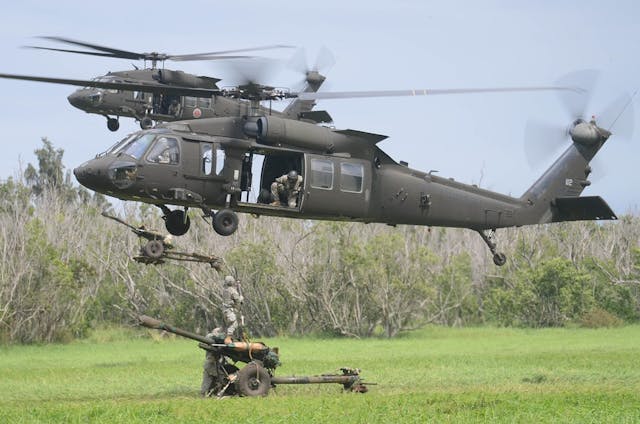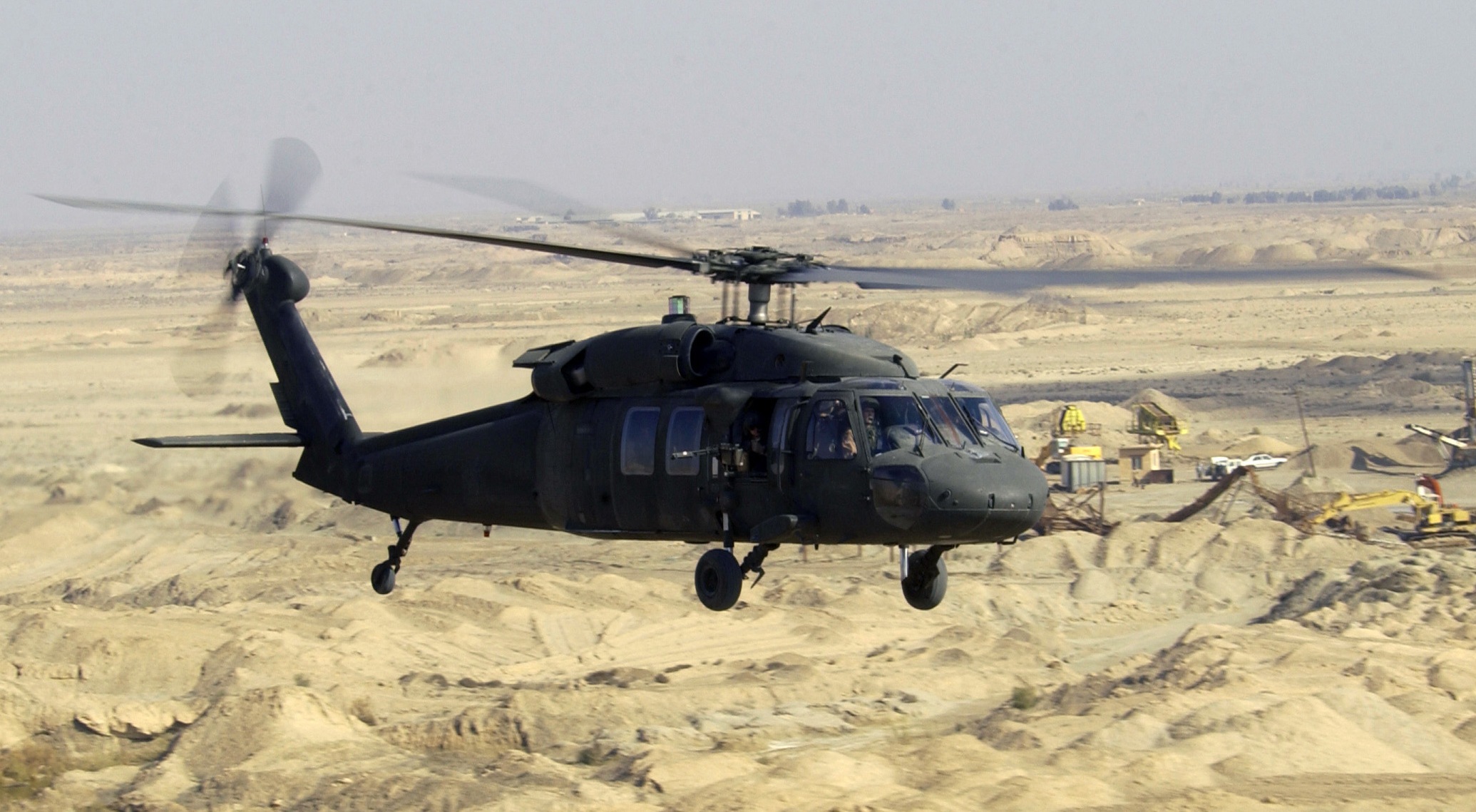UH 60 Helicopter Review: Everything You Required to Know
UH 60 Helicopter Review: Everything You Required to Know
Blog Article
A Comprehensive Overview to the Maintenance and Care of Airplane for Long Life
The longevity of an aircraft pivots significantly on its maintenance and care, necessitating an organized method to guarantee optimum performance and safety and security. Normal assessments, paired with an organized maintenance program, act as crucial elements in determining prospective problems before they intensify. The condition of the airplane's interior and adherence to governing standards play pivotal roles in preserving its value. Comprehending the complexities of these methods can be intricate; consequently, it is crucial to explore the vital components that add to effective airplane care and the ramifications of ignoring these obligations.
Relevance of Routine Upkeep
Normal upkeep is crucial for the safety, performance, and durability of airplane. A methodical method to maintenance makes sure that all elements operate efficiently, thus minimizing the risk of mechanical failing throughout procedure. Routine evaluations and servicing enable technicians to determine potential concerns prior to they rise right into substantial problems, making certain that the airplane remains in compliance with air travel regulations.
Moreover, preserving an aircraft according to the producer's standards is vital for protecting its value. A well-documented upkeep history can improve resale prospects and instill self-confidence in possible purchasers. In addition, regular maintenance adds to operational efficiency, as it aids to enhance fuel consumption and performance metrics, resulting in set you back financial savings with time.
Furthermore, regular maintenance adds to the total safety and security of flight operations (uh 60). By resolving deterioration quickly, operators can mitigate threats related to aging airplane systems. This proactive method not only protects the lives of passengers and crew yet also safeguards the aircraft itself against catastrophic failures

Daily Assessment List
How can pilots and upkeep teams ensure the airplane remains in optimum condition prior to each trip? The solution hinges on a thorough daily assessment checklist, which functions as an essential procedure to recognize potential issues that could compromise safety and efficiency. This checklist must include a number of crucial areas, consisting of exterior and indoor evaluations, along with practical checks of important systems.
Beginning with the outside, teams ought to analyze the airframe for any type of noticeable damage, leaks, or indications of rust. Attention needs to be paid to control surface areas, landing gear, and the problem of tires. Transferring to the interior, the staff ought to validate that all controls and instruments are operational, guaranteeing that electronic systems are operating correctly.

Along with architectural checks, it is important to evaluate fuel degrees and validate that all needed files, consisting of enrollment and weight and balance information, are up to date. Lastly, a review of emergency situation devices, including life vests and fire extinguishers, need to be conducted to ensure compliance with security guidelines. By carefully following this day-to-day assessment list, pilots and upkeep teams can significantly enhance the security and dependability of their airplane.
Set Up Upkeep Programs
Set up upkeep programs are essential for the long-term safety and efficiency of aircraft procedures. These programs are designed to make sure that all aircraft parts go through visit this site right here normal evaluations, maintenance, and required repair services at established periods. By sticking to a structured upkeep schedule, drivers can significantly minimize the danger of in-flight failures, improve airplane reliability, and expand the lifespan of vital parts.
Typically, set up upkeep is classified into different levels, including A, C, d, and b checks, each with unique demands and thoroughness. A checks are generally more constant and focus on standard visual evaluations and minor fixings, while D checks are a lot more comprehensive and occur less regularly, including considerable disassembly and overhaul of the airplane.
Regulatory bodies, such as the FAA and EASA, mandate compliance with specific maintenance schedules based upon airplane kind and use. Operators has to keep thorough records of all maintenance carried out to demonstrate compliance and facilitate evaluations. The assimilation of anticipating maintenance technologies can further boost the performance of scheduled programs by recognizing prospective problems before they intensify, consequently making certain that aircraft continue to be in optimum condition and all set for risk-free operations.
Care for Aircraft Interiors
Caring for airplane interiors is important not only for traveler convenience however also for keeping the general value and safety of the aircraft. Routine cleaning and maintenance of the interior elements contribute substantially to a favorable flying experience while protecting the aircraft's aesthetic charm.
To guarantee optimal treatment, it is vital to establish a regular cleansing timetable that consists of vacuuming carpets, cleaning down surfaces, and sterilizing high-touch locations. Upholstery and seating need to be examined for damage, with any kind of damage immediately addressed to stop additional deterioration. Furthermore, focus must be provided to the galley and lavatory areas, which call for comprehensive cleansing and restocking of supplies to keep hygiene.
Additionally, making use of appropriate cleaner is essential; rough chemicals can harm products and surfaces, so it is recommended to use items Web Site specifically made for airplane insides. Regular inspections ought to likewise be performed to identify any maintenance requires, such as changing damaged seat covers or repairing window shades. By focusing on the treatment of aircraft interiors, drivers can boost the overall passenger experience and secure the financial investment in their aircraft.
Comprehending Regulatory Compliance
Regulatory conformity is a crucial element of airplane maintenance, often needing operators to follow a complex framework of regional, nationwide, and worldwide requirements. This structure is largely established by aeronautics regulative bodies such as the Federal Aviation Management (FAA) in the United States and the European Union Aeronautics Safety And Security Agency (EASA) in Europe - uh 60. These companies establish forth laws that control different elements of aircraft maintenance, including airworthiness, security procedures, and functional procedures

In addition, drivers need to remain educated about modifications in regulations and join training programs to make certain that their staff is educated about conformity needs. Failure to comply with these guidelines can cause severe charges, consisting of fines, grounding of aircraft, or loss of accreditation. Understanding and sticking to regulatory compliance is vital for the durability and safety and security of airplane procedures.
Final Thought
In conclusion, the maintenance and care of airplane are critical for making sure durability, security, and functional efficiency (uh 60). Regular inspections, adherence to everyday lists, and methodical upkeep programs promote the early recognition of possible problems. Focus to the airplane's inside and compliance with regulatory standards considerably contribute to maintaining its worth. By implementing these practices, drivers can improve the total experience for passengers while guarding the financial investment in aeronautics properties.
The long life of an aircraft hinges dramatically on its maintenance and treatment, necessitating a structured approach to make certain ideal performance sites and safety. By diligently following this everyday evaluation checklist, pilots and maintenance staffs can substantially improve the safety and integrity of their airplane.
These programs are made to ensure that all aircraft parts go through routine examinations, upkeep, and needed repair work at established periods. By focusing on the care of airplane interiors, drivers can enhance the general passenger experience and shield the financial investment in their airplane.
In final thought, the maintenance and care of airplane are critical for guaranteeing durability, safety, and functional efficiency.
Report this page